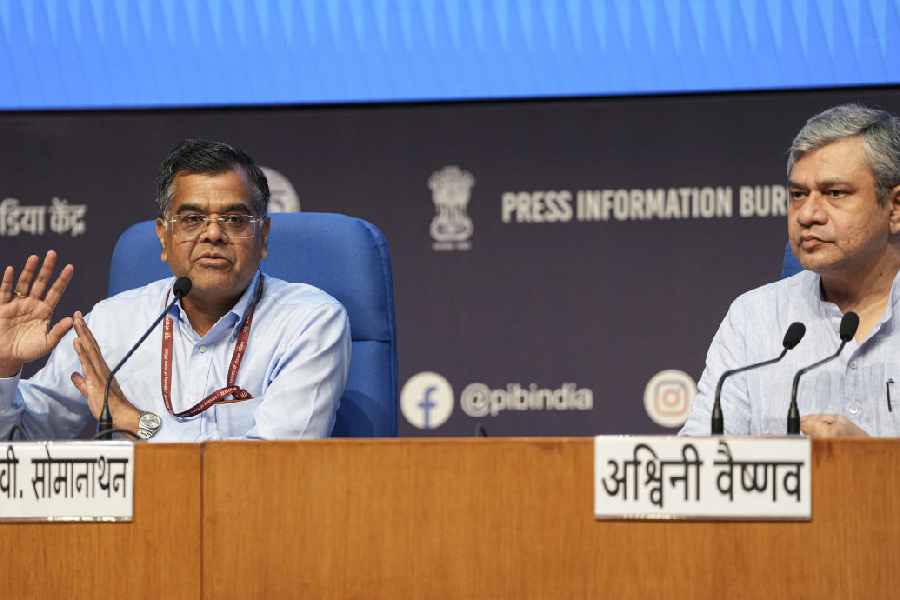The Modi administration on Saturday approved the Unified Pension Scheme, which would provide an assured pension from April 1, 2025 to government employees.
“Fifty per cent assured pension is the first pillar of the scheme…second pillar will be assured family pension…About 23 lakh employees of the central government would benefit from the Unified Pension Scheme (UPS)…There will be an option for the employees to choose between NPS and UPS…” Union minister Ashwini Vaishnaw said.
Several non-BJP-ruled states have decided to revert to the DA-linked Old Pension Scheme (OPS) and also employee organisations in some other states have raised a demand for the same. It had become a major political issue during the Lok Sabha and the assembly polls. The Congress and other parties had promised to revert to OPS if voted into power, a promise that paid them rich electoral dividends.
Under the assured pension scheme, the beneficiary will get 50 per cent of the average basic pay drawn over the last 12 months prior to superannuation for a minimum qualifying service of 25 years. The pension drawn will be proportionate for a lesser service period up to a minimum of 10 years.
As a part of the assured minimum pension, the beneficiary will draw ₹10,000 per month on superannuation after a minimum of 10 years of service. The beneficiary will get 60 per cent of pension of the employee immediately before his/her demise.
The assured pension, assured family pension and assured minimum pension will receive benefits of inflation indexation.
Dearness relief will be based on the All India Consumer Price Index for Industrial Workers (AICPI-IW) as in the case of serving employees.
There will be a lump sum payment at superannuation in addition to gratuity.
One-tenth of the monthly emolument i.e. pay plus dearness allowance, as on the date of superannuation for every completed six months of service will be given. This
payment will not reduce the quantum of assured pension.
Central government employees will exercise the right to decide whether to stay in the National Pension Scheme (NPS) or join the Unified Pension Scheme. Likewise, the states may also decide to adopt this new module of UPS.
The UPS will be applicable from April 1, 2025 and would cost the central government exchequer an additional sum of ₹6,250 crore for implementing the scheme in the first year. UPS will apply to all those retired under the NPS from 2004. The arrears cost is estimated to be about ₹800 crore.
The National Pension System applies to government employees joining the service after April 1, 2004. It was based on the premise of contribution rather than defined benefit applicable for employees before the NPS. Provisions of UPS will apply to past retirees of NPS (who have already superannuated) and the arrears for past period will be paid with interest at PPF rates.
The UPS will be available as an option to the employees. Existing as well as future employees will have an option of joining NPS or UPS. Choice, once exercised, will be final, T V Somanathan, cabinet secretary designate said.
He said employee contribution will not increase from the current 10 per cent. The government’s contribution will increase from 14 to 18.5 per cent.
The same architecture may be designed for adoption by states and will benefit over 90 lakh government employees who are now under NPS, he added.










